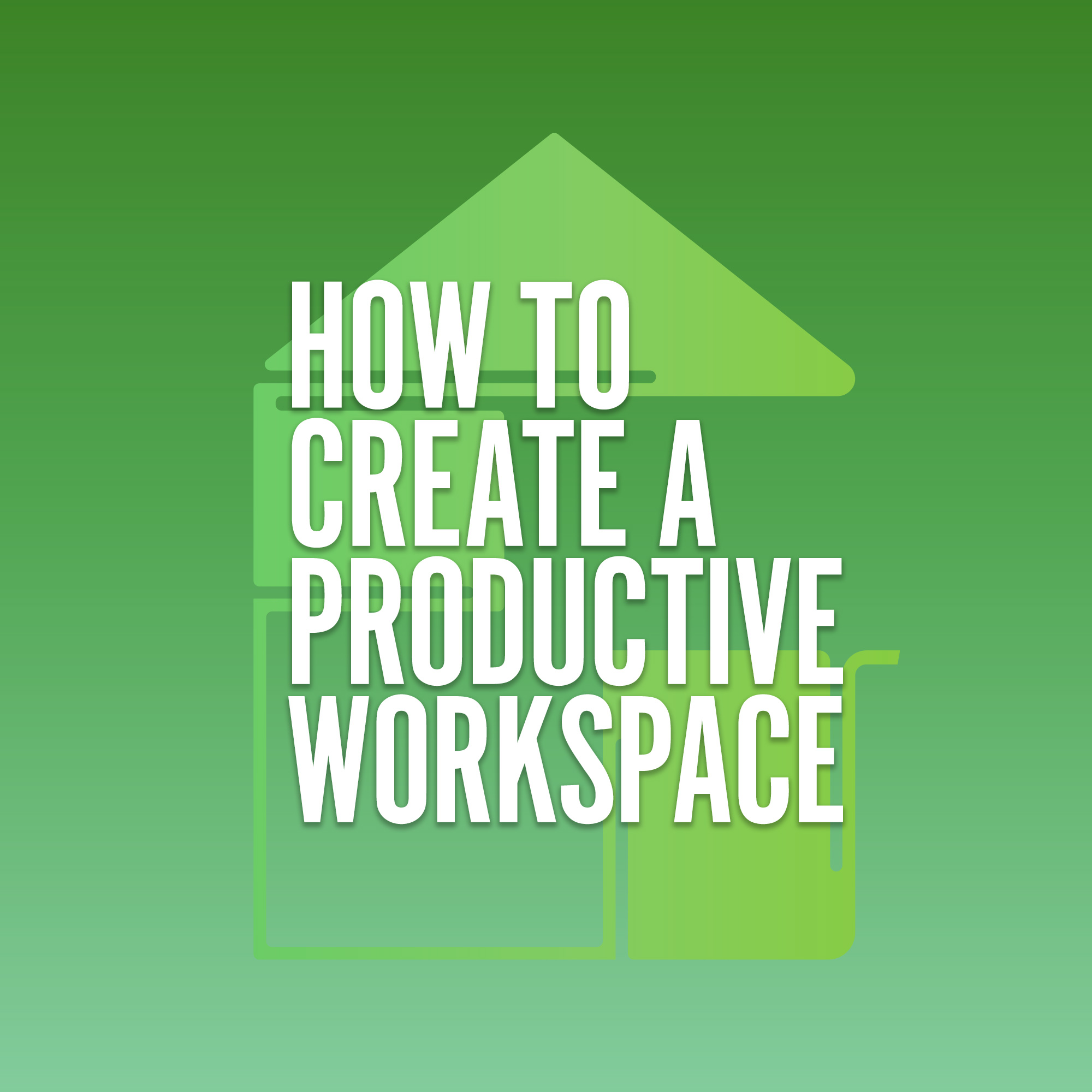Writing by Kayla Schmidt
Artwork by Aeneas Eaton
In the age of artificial intelligence, productivity can no longer be measured by a person’s efficiency to complete tasks.
“Productivity needs to be redefined to measure how you think about and approach problem solving,” says Yoko Kawai, co-founder of Mirai Workspace, lecturer at Yale University, and principal art architecture designer for Penguin Environmental Design. “It’s about being creative—making something new, coming up with new ideas.”
Redefining productivity, according to Kawai, also means redefining how to create a productive space. Today’s productive workspace should make you feel creative, mindful and motivated so you can flourish.
So how can you design your workspace for ultimate productivity, or rather, creativity?
Individuality is necessary
“The workspace should be customized to the individual,” explains Maria Castro, a designer for California Closets in Hawthorne and Manhattan. “It depends on their profession, their habits, the way their mind works and the way they organize themselves.”
The goal is to feel better in your office—more mindful, more creative and more inspired, which are critical for productivity. Castro says these feelings can even help you have a better day because your energy and spirit are higher when you spend your day in a space you really love.
“Some people like to be surrounded by aesthetic and visual things that stimulate them to be more productive,” Castro explains. “Other people may not like visual clutter, so they need to place things in closed cabinets where they have access to these items, but they are not visually stimulated by them.”
Everyone is different, so every workspace is different. Even the smallest details can help set you up for productivity. For instance, if you really love plants and they make you happy, include lots of plants in your office.

Organization and cleanliness count
Both Kawai and Castro stress that organization is key. You must be ready to start working when you walk into your office, and disorganization can interfere with that.
“Being neat makes you more focused,” says Kawai. “Your organization is really important, so the space needs to be clean. Not just in the sense that things are handy, but expanding the idea to think about what being neat really means.”
If everything has a function and a proper home, it limits confusion; the time saved on not having to search for something can help you get far more done in a work day.
And something often overlooked when developing your organizational system is the actual location of your office; the organization of your home is just as important as drawers and file cabinets. For instance, proximity to the kitchen is crucial.
“The only way to continue to come up with good ideas is to get up throughout the workday—go to the kitchen, look out the window, have a glass of water,” Kawai stresses. “When you look at something else or feel something else, it can sort of nudge your thoughts to go somewhere else.”
Consider what surrounds your office
When designing a home office, the desk setup is only one component; there’s also your surrounding environment. Windows, says Kawai, are important as they provide a connection between oneself and nature.
“Being exposed to nature makes you well; even the blood flow in your brain is better,” she explains. “Therefore, you work better.”
In addition to your windows, think about the appearance and flow of the room. Is there a lot of open space? Does it feel cluttered? Are there too many loud noises?
While a certain amount of distraction is inevitable, too much may interfere with your ability to be productive.
And finally, don’t rush the process. There are many factors to consider when designing a workspace, so take your time to design an environment where you feel inspired and creative.
Remember, there is no such thing as being too particular when creating a home office—it’s for you, so it should suit your needs.
This article was published in the March/April 2024 print edition of Connect to Northern Westchester.

Kayla Schmidt
Kayla Schmidt is a freshman at Horace Greeley High School. She is part of the newspaper and the SADD club, and she is also the co-manager of the track team. In her free time, Kayla enjoys spending time with her friends, family, and dogs, along with reading (preferably on the beach).










